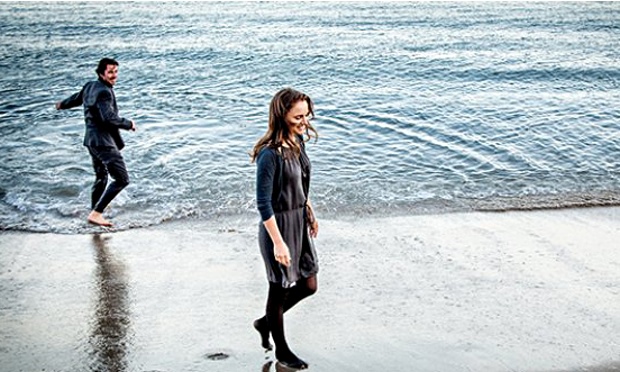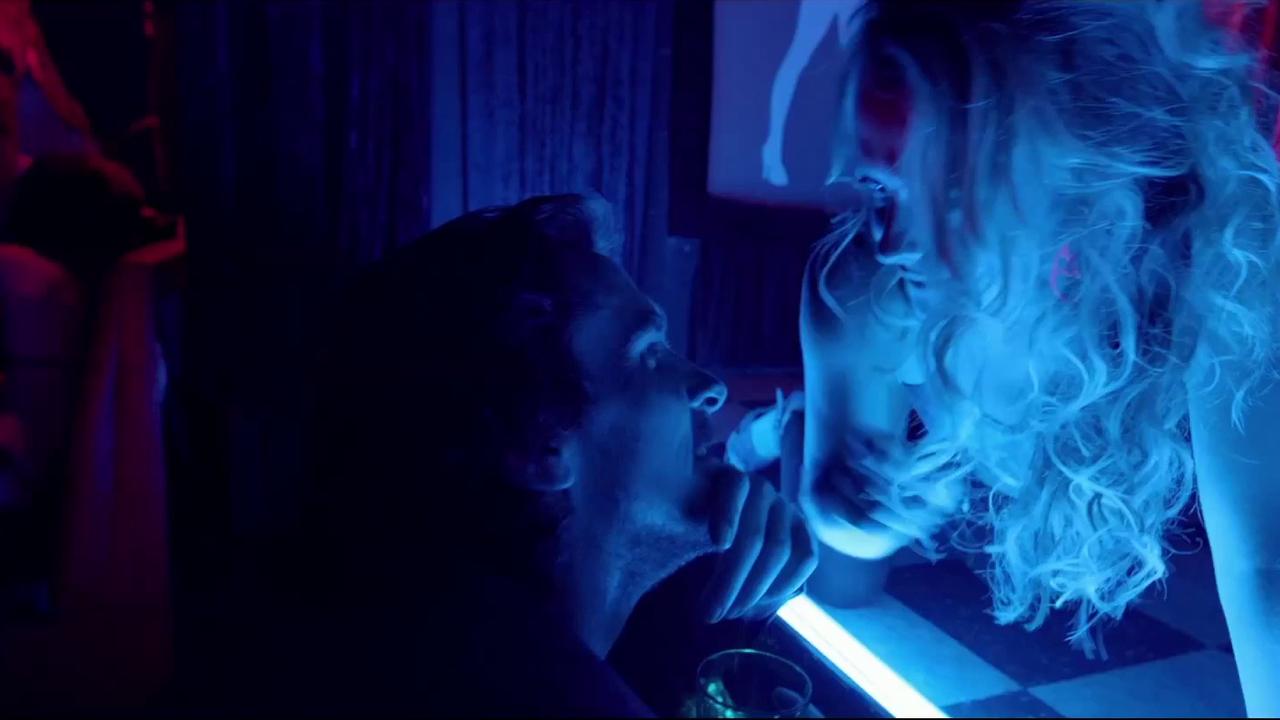The Cup of Life.
At this point, Terrence Malick would have to announce himself as the director of the next Transformers movie to truly surprise us. (And wouldn’t you just love to hear Optimus Prime whispering existential ennui?) Those who thought Malick tiptoed into self-parody with 2013’s To the Wonder will find Knight of Cups a full-body lunge. Even when he steps outside his apparent comfort zone, putting images of luxury and decadence on screen rather than the rapturous wonder of nature, it’s still the same bag of tricks. (And there’s still plenty of rapturous natural wonder, don’t you worry.) The man is perennially, unfailingly, inextricably himself.
The nice thing about a Terrence Malick movie is that it spares a critic the thankless task of writing a plot synopsis. Knight of Cups is essentially two hours of Christian Bale’s Mark contemplating his own spiritual emptiness against a backdrop of Los Angeles excess, cycling through a bewildering succession of women while also trying to work out something about his father, his junkie brother and another brother who died. In fact, it isn’t only Los Angeles that’s privy to the generous loveliness of Emmanuel Lubezki’s lens, as Malick also has something of a fetish for Las Vegas, Palm Springs and the so-called “high desert” of Joshua Tree. All of the southwestern U.S. is both glorified and (less convincingly) condemned, and there’s nary an iconic spot within a hundred miles of the Hollywood sign that doesn’t play host to our characters frolicking one minute and crying the next. And oh yes, there is indeed a ton of whispering.
Mark is some kind of Hollywood type, who certainly has plenty of disposable income but also seems to be just short of name recognition – people are always asking him what his name is, perhaps to underscore just how much of a tenuous fool’s paradise celebrity really is. It seems strange indeed for Malick to sink his teeth into something so very navel gazy, since this is a man who has basically shunned what Hollywood has to offer for the entirety of his career, first taking a two-decade hiatus from directing and later walking away from every narrative convention known to man with his critical darling The Tree of Life. That he’s trying to delve into the hollowness of showbiz life seems a bit disingenuous, or perhaps contrary to what he thinks he’s after, as he’s managed to make everything on screen look like a complete and utter gas. Everything twinkles and shimmers, every person is beautiful, every repercussion is about the magnitude of a broken heart. Knight of Cups makes Los Angeles look like an absolutely terrific place to feel the despair of lost love.
This may be textually different from previous works, but it’s subtextually identical. The thing is, it also feels like Malick has gotten to this party late. As much as he has bushwhacked his own path and pursued his own distinct vision throughout his career, he doesn’t feel like he’s bringing something new to the table with Knight of Cups. Harmony Korine already made the definitive art film about hedonism and ambition with 2013’s Spring Breakers, and Sofia Coppola’s 2010 film Somewhere was even a slightly less boring version of the broad strokes of this particular story.
You can’t really call Knight of Cups boring, though, because Lubezki is always giving us something to look at. Every single frame of this film aches with beauty, as the man they call Chivo continues to prove himself the best working DP today. What’s most enthralling is how his camera moves through the frame. His Steadicam is like a jaguar prowling over its subject matter, propelled forward by paws and shoulder blades, hungrily taking everything in. But it’s also the world’s most awestruck jaguar, since it sees all these familiar Southern California landmarks as though through the eyes of an infant. As much as To the Wonder could function as the name of any Malick film, it may suit this one even better than most.
And yet you can’t escape the conclusion that Knight of Cups is as empty at its core as its protagonist, and equally mute. Bale speaks about 13 lines of actual dialogue in the whole movie, most of the rest of the time just examining and considering his surroundings while providing the occasional bits of solipsistic voiceover. In fact, given how much this movie does say, with a dozen characters contributing voiceover and an otherwise absent Ben Kingsley reading extracts from an ominous literary text, it feels like it’s saying nothing at all. Knight of Cups sometimes feels like an acting exercise for a series of promising actresses, who each get about five minutes to play out a vignette that relates to Bale’s cypher. The most and least interesting of these are both Australians, though which is which might surprise you. Teresa Palmer really shines as a playful stripper who entrances Mark, while Cate Blanchett just weighs down her scenes as Mark’s spurned ex-wife.
Through it all, Malick shoves his familiar tics in our faces. While there’s no one running a hand through a field of wheat – as much Malick’s signature as doves for John Woo – there are dozens of shots of characters running hands over faces and plunging faces into midsections, in the style made famous by ads for blue jeans and perfumes. More people splash in waves and flit along beaches than you can shake a stick at – the more clothing on, the better. As though a person’s very willingness to enter the ocean wearing a designer suit is a sign of his personal quest for transcendence.
You know, it would be interesting to see Malick’s take on Transformers. Because really, is he any less formulaic, in his own way, than someone like Michael Bay?
5/10
For more Reviews, click here. If you’re digging ReelGood, sign up to our mailing list for exclusive content, early reviews and chances to win big!


